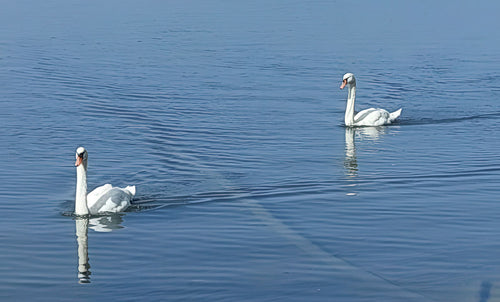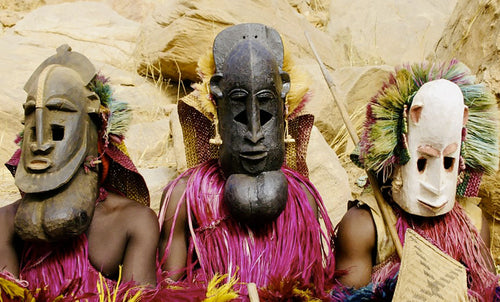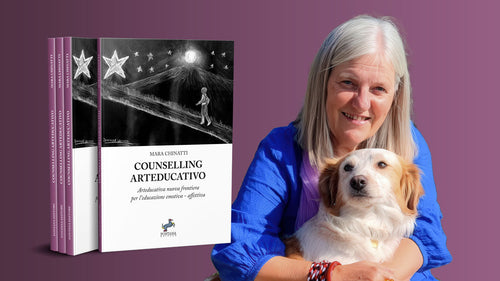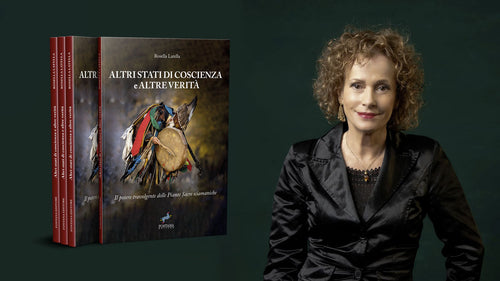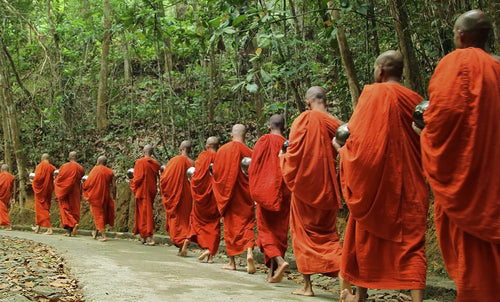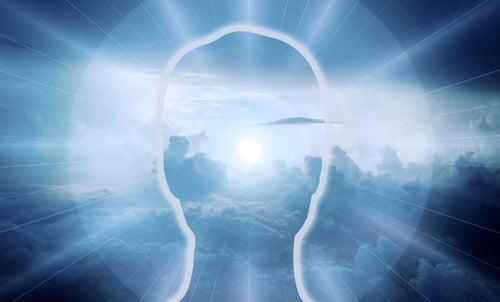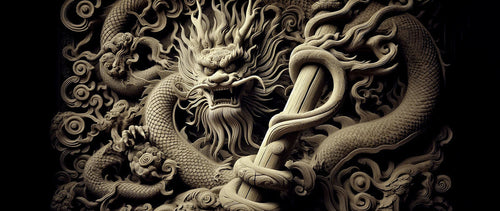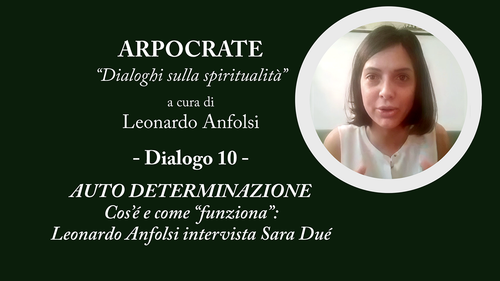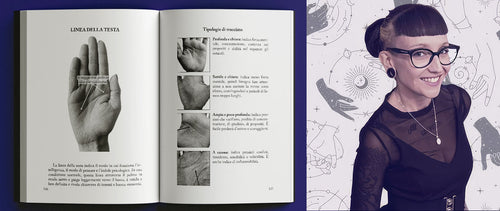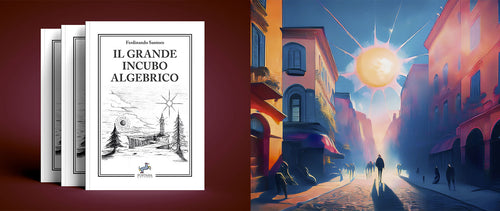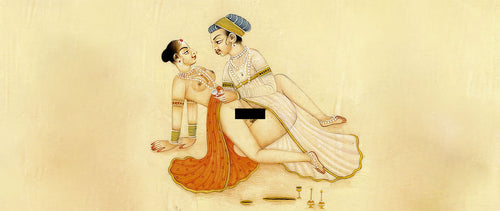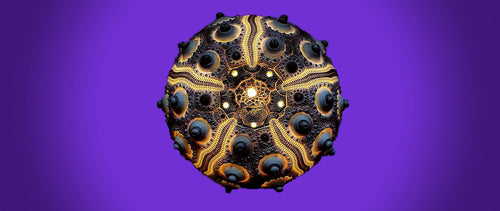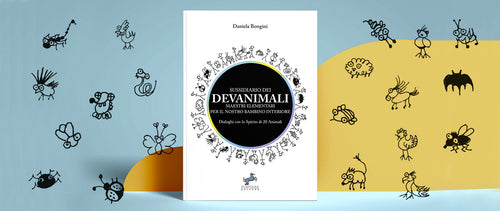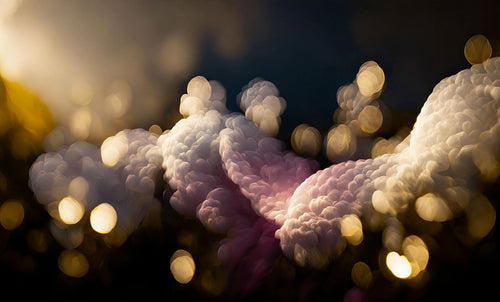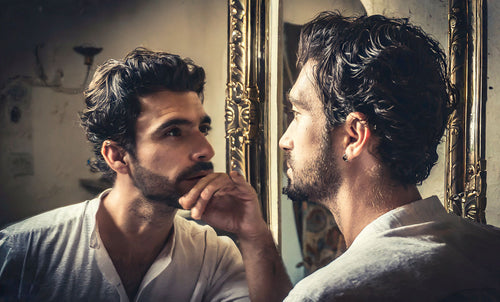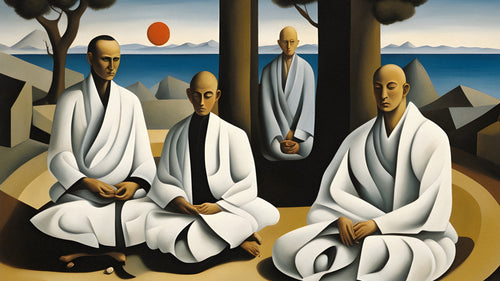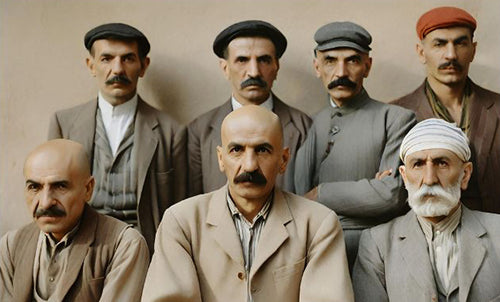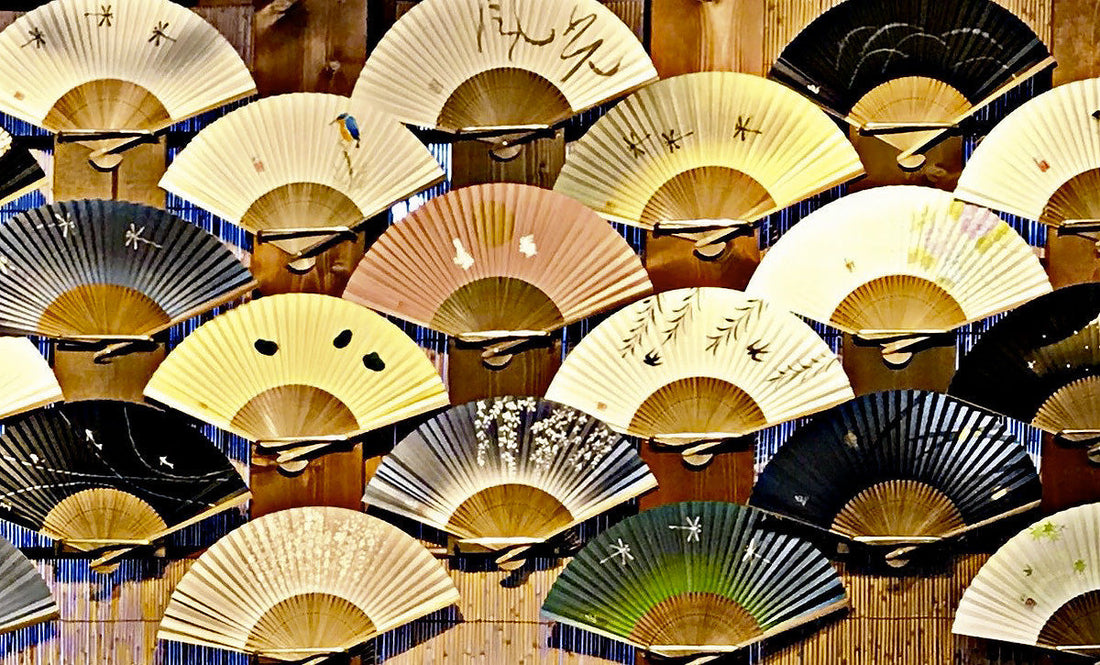
Kyoto. Diary of an Inner Journey
Alessandro RusticelliCrossing Kyoto is like moving between different eras, in a space where the past and the present coexist in a subtle harmony. Among the various temples that dot the city, Kiyomizu-dera has a particular charm; a few years ago, during one of my trips to Japan, I decided to visit it, unaware of the surprise that awaited me…
The ascent to the temple
Reaching Kiyomizu-dera is not only a physical journey, but also a spiritual pilgrimage. To get to the temple, as many do, I decided to walk along the historic Matsubara Street, a slightly uphill street crowded with craft shops, traditional sweets, and kimono rentals.
The smell of roasted green tea and matcha biscuits mingled with the aroma of incense, as tourists and worshippers slowly walked along, taking in every detail. The consumerist atmosphere of the ancient street did not appeal to me at all, so I hurried to reach my destination. After passing through the red Nio-mon gate, I finally found myself in front of the majestic main hall, built entirely of wood without the use of nails. Its terrace, supported by a complex structure of cypress beams, juts out boldly over the valley below, like a ship ready to set sail on the ocean of time…
The suspended terrace and the legend of pure water
From the balcony, the view was breathtaking: a sea of maples and cherry trees stretched out below me, a mosaic of colors that changed with the seasons. In those days, the sakura painted everything pink, but in autumn the red of the maples would transform the landscape, setting it ablaze with passion. In the background, the skyscrapers of Kyoto reminded me that the modern world was there, just beyond the edge of this ancient refuge. What was I looking for? What had made me change my travel plans just to visit the temple? Descending the cobblestone path, I came to the Otowa-no-taki waterfall, from which the temple takes its name (“Temple of Pure Water”). Here, visitors drink from three springs with the help of long ladles, choosing between longevity, professional success and love…drinking from all three, the monks say, is a sign of greed. I sipped some water at random from one of the spouts, hoping that the temple would grant me at least a pinch of its ancient wisdom. The slightly sweet taste of the liquid reminded me of the Roman fountains, “i nasoni” (big noses) from which I quenched my thirst when I was still a boy and played soccer in the street.

Spirituality and suggestions
Next to Jishu-jinja, the small shrine dedicated to love, two sacred stones are a few meters apart. It is said that whoever can walk blindfolded from one stone to the other and without assistance will soon find love.
I watched with amusement as some young people attempted the feat amid laughter and encouragement. Not far away, in a smaller pavilion, there is a little-known place but of great spiritual impact: the underground dedicated to Daizuigu, a female divinity venerated in esoteric Buddhism with the name of Mahapratisara. At the time I knew nothing about this underground and when a temple attendant invited me to enter I had no idea of what was about to happen…

The experience in the underground
To access the underground, you descend through a dark corridor, enveloped in total darkness. The only guide is a string of wooden beads that slides under your fingers, like a rosary, slowly leading you towards the heart of the sacred space. The slightly uneven floor and the absence of light create a feeling of disorientation and anguish. Going down there alone is an act of faith, also because once inside you can't go back. At the center of the path, immersed in darkness, there is an enormous stone engraved with a Sanskrit character that means "womb". Touching it and making it rotate symbolizes the fulfillment of a wish, a gesture that represents the connection with the maternal divinity and spiritual rebirth. At least this is what everyone believes, however the profound meaning of the experience is another... When you suddenly reach the room you find yourself faced with an almost mystical vision: a single ray of light from above cuts through the darkness and illuminates the rock. Small particles of very fine dust enter and exit the light beam, coming to life and disappearing a few moments later into the surrounding darkness, exactly like the thoughts that continually cross the consciousness. It is impossible not to remember the words of the Buddha who defined awareness as a bright beacon that illuminates the darkness of the mind, wrapped in the darkness of avidya (ignorance of ultimate reality). The entire path is nothing but a metaphor of all this: it symbolizes a return to the origins, to the mind we had before we were born, when we were free from every identification and superstructure of the Ego. It is pure consciousness - citta in the language of the Buddha that surpasses the personal dimension and connects us directly to the being. Exactly what is revealed in the deep states of meditation, when the senses are pacified, revealing - like clouds that thin out - the clarity of the inner sky.

If light is awareness, the total darkness of the labyrinth recalls the state of the ordinary mind, but also the Buddhist concept of “mu”, according to some, the void that is not absence but pure potential, the state before form and distinction. Crossing the Taninai Meguri (this is the name of the underground) is an experience of rebirth: exiting it is equivalent to emerging into a new awareness and this is exactly what happened to me that spring day.
The maternal element is central to this experience, as Daizuigu Bosatsu is also considered a protective deity, similar to a mother who welcomes and guides men in the darkness to the light. This underground is not only a physical place, but an internal experience that invites reflection and contact with one's deepest self.

In a temple famous for its spectacular terrace overlooking the valley, this mysterious underground represents the opposite: an intimate and dark journey, but necessary to understand the light that each of us hosts within ourselves, as Krishnamurti loved to say. If you are a traveler or simply curious and you pass through Kyoto, do not forget to visit this extraordinary and timeless place.











